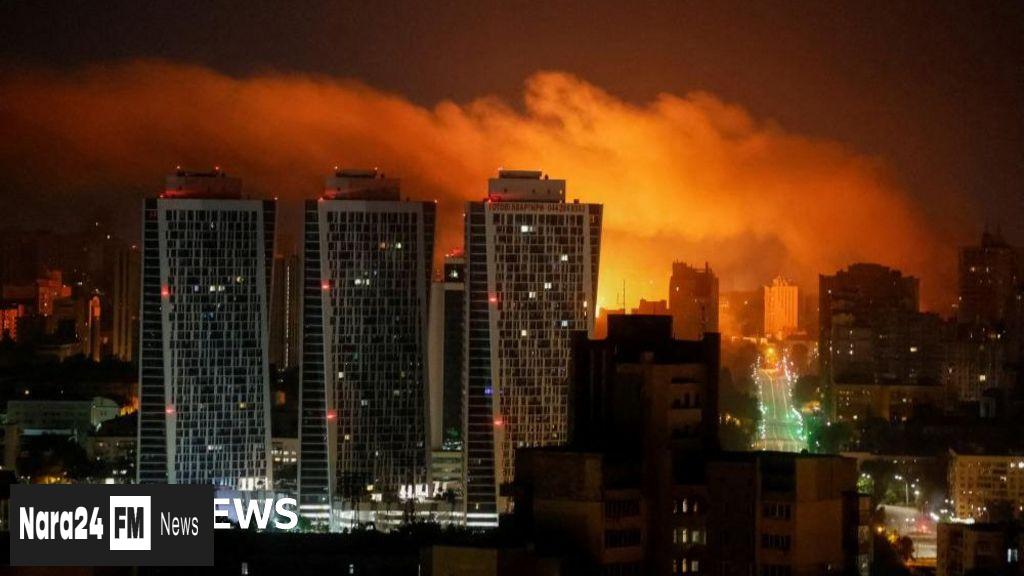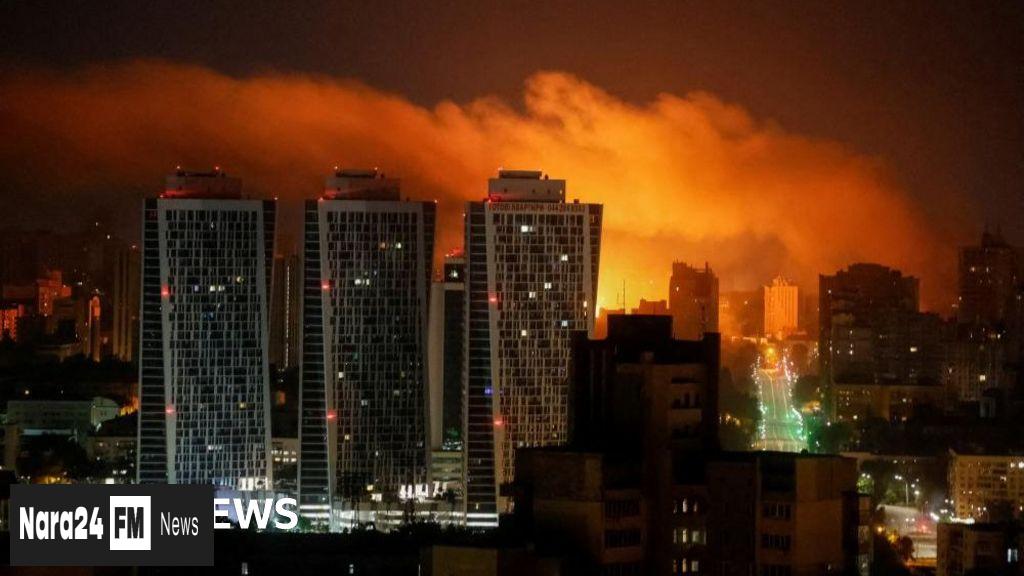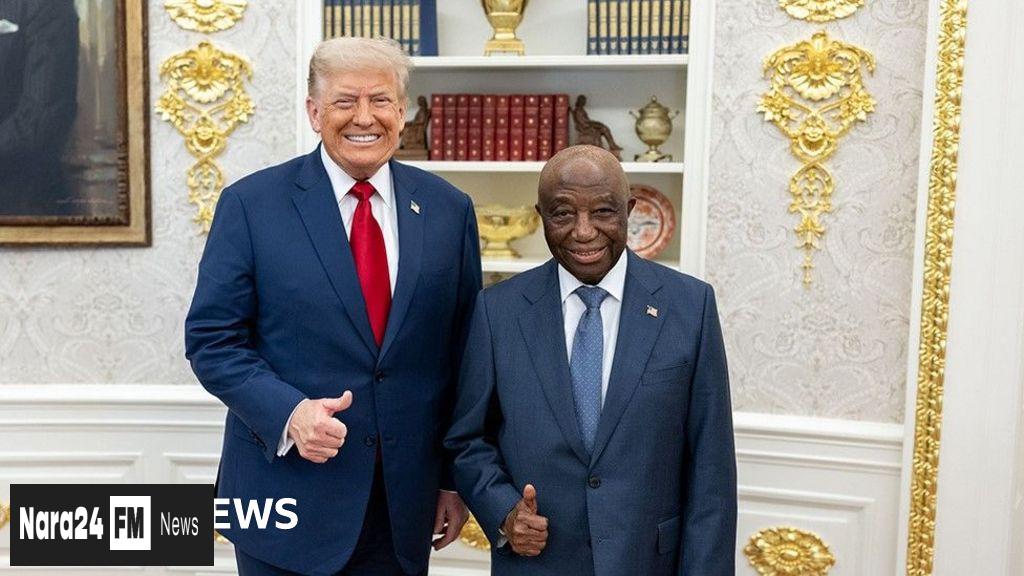In This Article
- Russia's Escalating Drone Attacks on Ukrainian Cities
- Psychological Toll on Civilians and Rising Casualties
- Evolution of Russia's Drone Technology and Tactics
- Surge in Drone Warfare Intensity and Frequency
- Disparity in Resources and Strain on Ukrainian Defenses
- International Response and Calls for Air Defense Support
Key Takeaways
- Russia's intensified drone warfare, using advanced Iranian-supplied Shahed drones, has escalated civilian casualties and psychological trauma in Ukrainian cities like Kyiv.
- June 2024 saw record civilian casualties (232 killed, 1,300+ injured) from drone strikes, with attacks increasingly targeting urban areas far from front lines.
- Ukraine's air defenses face strain due to Russia's surge in drone production (5,429 launched in June) and swarm tactics involving decoys, prompting urgent calls for international support.
- Analysts warn Russia's expanded drone/missile production could enable nightly attacks exceeding 1,000 projectiles, overwhelming Ukrainian resources.
- Ukrainian President Zelenskyy urges allies to supply more air defense missiles, as seen in the UK's recent pledge of 5,000, to counter Russia's evolving aerial warfare capabilities.
Russia's relentless drone warfare is increasingly terrorizing Ukrainian cities, spreading fear and weakening the morale of civilians already hardened by years of conflict. In recent months, coordinated aerial assaults involving hundreds of drones and missiles have targeted urban centers, with Kyiv bearing the brunt of these attacks.
Residents of the Ukrainian capital, accustomed to the hardships of war, are now facing a new and deadly threat. "The house shook like it was made of paper," said Katya, a Kyiv resident, describing the aftermath of a recent bombardment. Many civilians, including Svitlana, have resorted to seeking shelter in underground parking lots and metro stations—a practice not seen since the early days of the war.
While not all attacks result in fatalities, their psychological toll is profound. After a strike on a residential building last week, an 11-year-old boy told his grandmother, Mariia, that he had finally understood the meaning of death. The United Nations Human Rights Monitoring Mission in Ukraine (HRMMU) reported that June saw the highest civilian casualties in three years, with 232 killed and over 1,300 injured. Many of these victims were in cities far from the front lines.
Russia's use of Iranian-supplied Shahed drones has evolved significantly. These drones, once a novelty, now fly higher, carry heavier payloads, and have an extended range of up to 2,500 kilometers. Tracking maps reveal intricate patterns of drone swarms, often accompanied by decoys to confuse Ukrainian air defenses. Ballistic and cruise missiles, though fewer in number, remain Russia's most destructive weapons.
The frequency of these attacks has surged in recent months, with June recording a staggering 5,429 drones launched. July has already seen over 2,000 drones in its first nine days. Analysts warn that Russia's increased production capacity could soon enable it to deploy more than 1,000 missiles and drones in a single night.
"If Ukraine doesn't find a solution for how to deal with these drones, we will face great problems during 2025," cautioned Ivan Stupak, a former intelligence officer. While some drones target military installations, many strike civilian areas, causing widespread destruction and loss of life.
The disparity in resources between Russia and Ukraine is stark. Serhii Kuzan of the Ukrainian Security and Cooperation Centre noted that Russia has shifted focus to drone production due to the complexity and cost of other missile systems. "The more drones in a single attack, the more Ukraine's air defense struggles," he explained, emphasizing the strain on Kyiv's limited resources.
Ukrainian President Volodymyr Zelensky has repeatedly urged allies to bolster the country's air defenses. In response, the UK recently pledged to supply over 5,000 air defense missiles, a move Kyiv hopes will be replicated by other nations in the coming months.
As Russia's drone warfare intensifies, Ukraine faces an uphill battle to protect its skies and its people, underscoring the urgent need for international support in this ongoing conflict.







Comments (0)
Leave a Comment
Be the first to comment on this article!